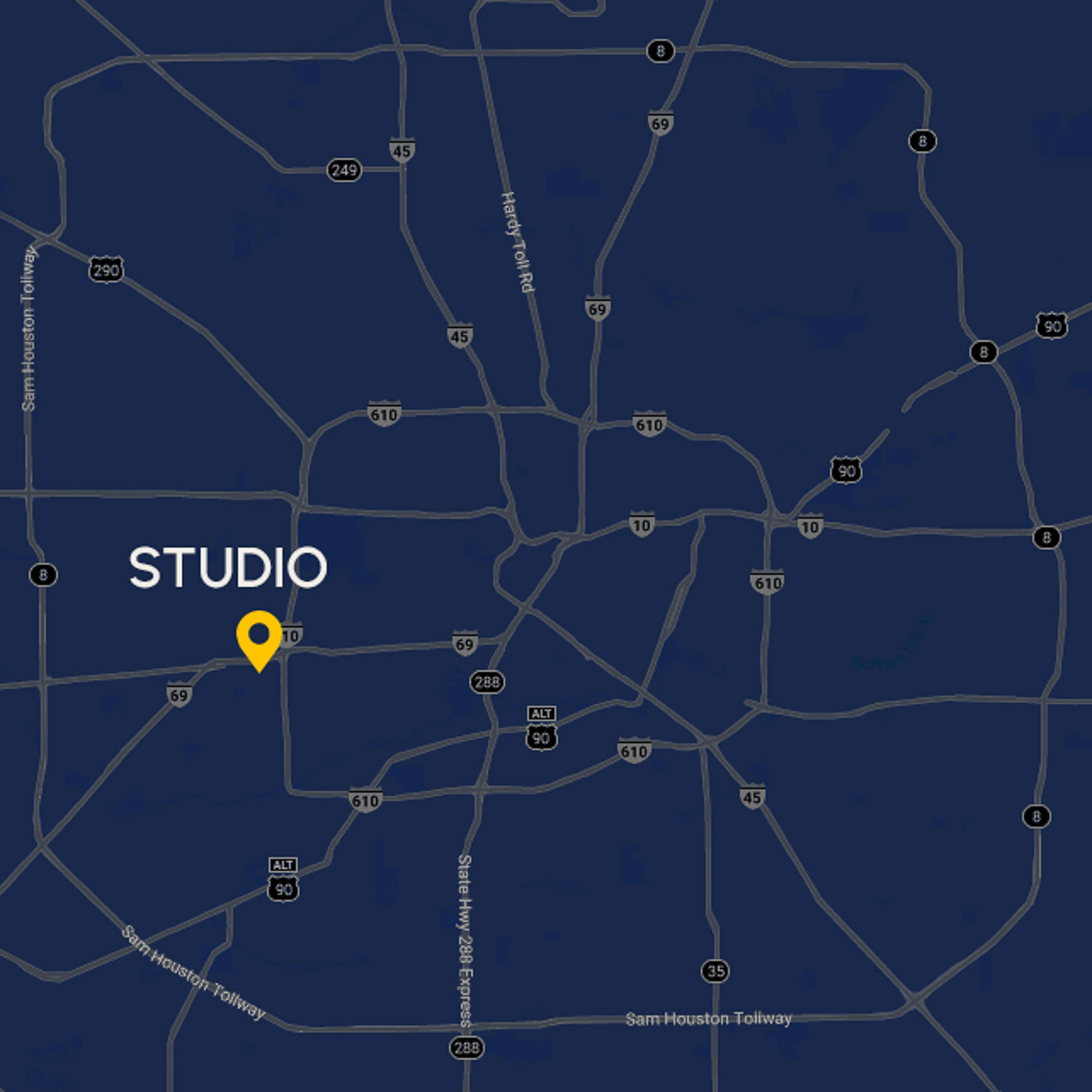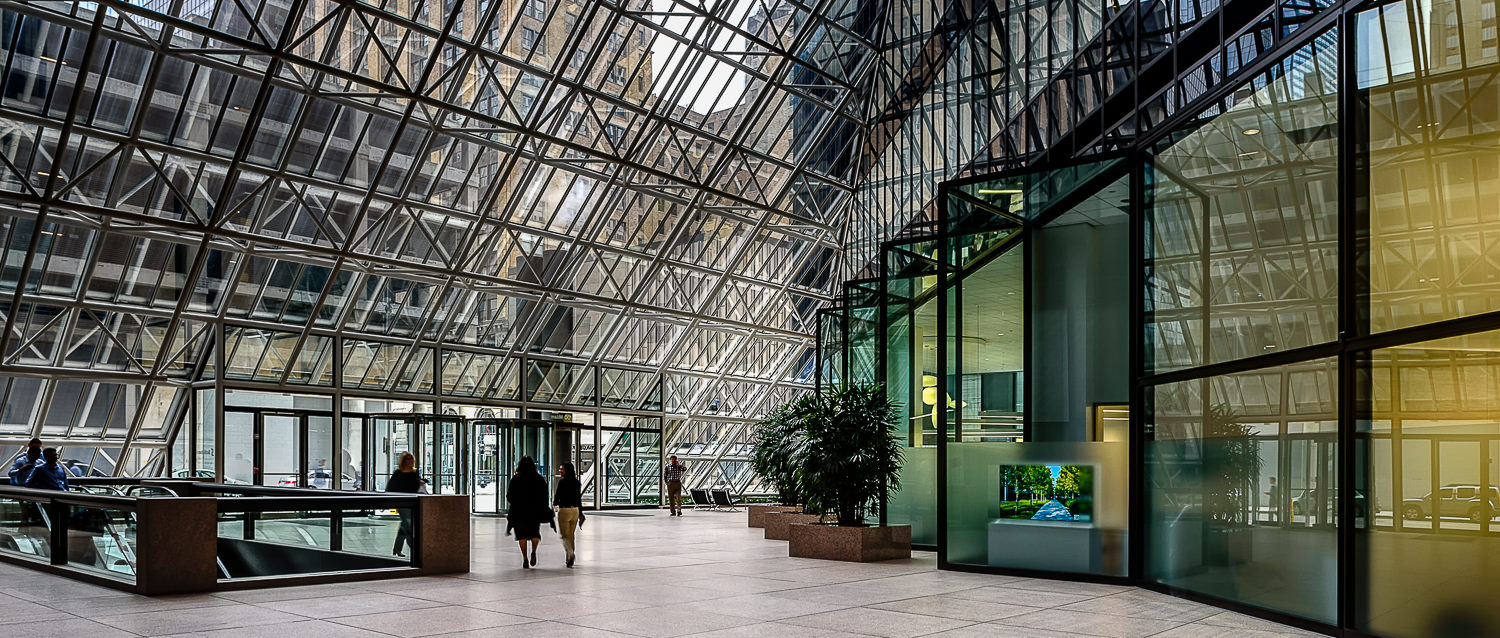
Commercial & Architectural Photographer Houston
Capturing Spaces, Faces, and Events
Refining Your Business Image in Downtown Houston, The Medical Center, and Bellaire Since 2011
Exceptional Quality
Flexible Scheduling
Dependable Results
Our Photography Specialties

Commercial Photography
Comprehensive business photography services for marketing and advertising needs with industrial, product, and lifestyle photography.
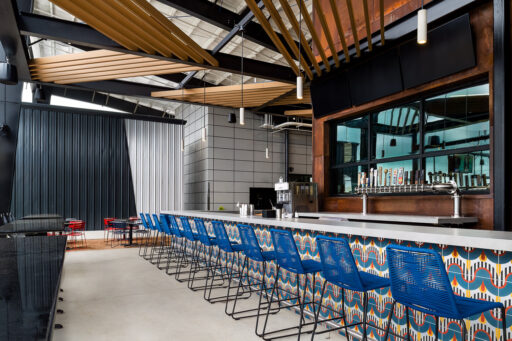
Architectural Photography
Property photography including interiors, exteriors, landscape, infrastructure, and virtual tours.
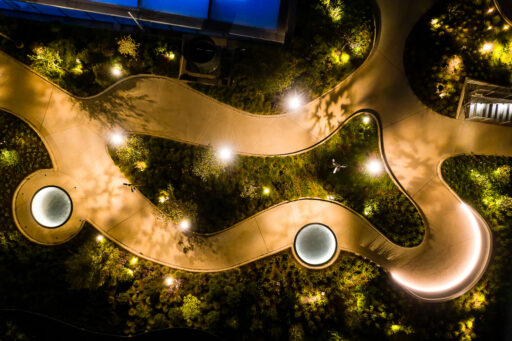
Drone Photography & Video Services
FAA-certified aerial perspectives for real estate, construction progress, and commercial marketing.
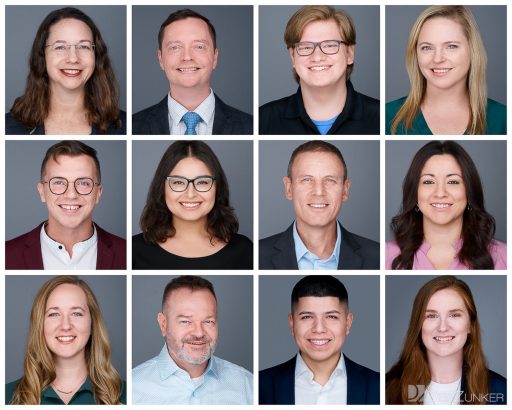
Professional Headshots
Executive portraits, team composites, ERAS residency photos, and actor casting headshots.
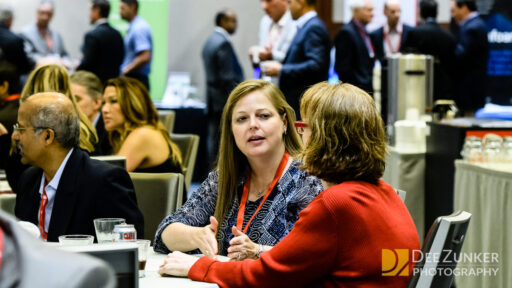
Corporate Event Photography
Corporate events, non-profit galas, conventions, and business gatherings
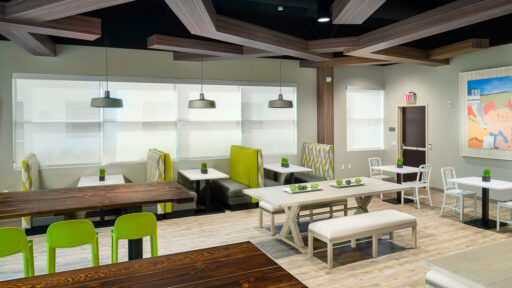
Professional 360 Virtual Tours
Google Street View, Custom 360 tours, and iGuide 3D scans for businesses, developers, and builders
Let’s talk about your project.
Whether you need a one-time shoot or ongoing project collaboration, I’m ready to be on your team.
Houston Photography Services Overview
Commercial photography covers a wide range of photographic specialties to support your business advertising and marketing needs. As my title states, I cover the spaces and faces aspect of commercial photography with my primary focus being Architecture and Business Headshots. With the intersection of these 2 areas, I am quite comfortable meeting almost all the needs of a business or corporation.
With the SPACES segment of the business, we cover architecture photography, interiors photography, 360 virtual tours, and drone photography and video.
With the FACES segment we provide corporate team headshots, individual headshots, and business branding and marketing. We also offer specialized sessions for medical residency (ERAS) applications and actor/model portfolios.
With the EVENTS segment we provide event headshot stations, convention photography, and corporate events.
What Customers Say about Commercial and Architectural Photography
How to get started with Commercial & Architectural Photography
1.
Propose
- Request a Quote
- Consultation Call
- Accept Proposal
- Schedule Shoot
2.
Produce
- Flexible scheduling
- Shoot at best time of day
- Onsite collaboration
- Proofs ready in 48 hours
3.
Process
- Multi-Party Licensing to share costs
- Professional Retouching
- Final images ready in 5-7 days
- Satisfaction guaranteed
Let’s work together to bring your marketing vision to life with high quality staff, interior, exterior, and drone photography.
REQUEST A QUOTEAbout Dee and Commercial Photography
Making awesome images is fun, but knowing there is a purpose to the images, and that I can help your business thrive feeds my passion to do more. I have been photographing professionally for over 10 years, and I find pure joy in combining my technical expertise and creativity to capture stunning imagery of your projects. My collaborative approach coupled with my attention to detail will ensure your business is photographed expertly to your needs. I look forward to working with you and becoming an integral part of your marketing team. Read more…
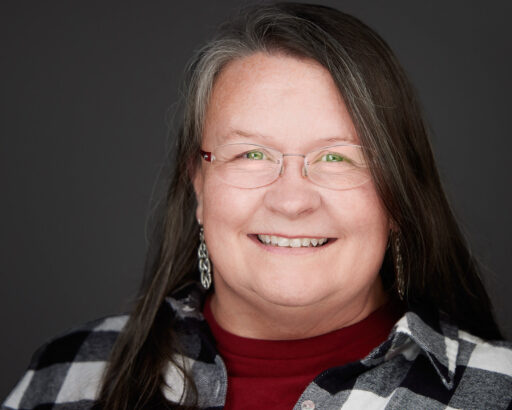
Frequently Asked Questions about Commercial and Architectural Photography
How much does commercial and architectural photography cost?
We create quotes on a project by project basis using a creative fee, production level, and per image pricing structure. I offer multi-party licensing so you can easily share costs with your vendors, partners, and clients. Each project includes a consultation call, proofing gallery for final selection of the images and professional retouching. I have subscription packages for my commercial clients looking for regular imagery on a monthly basis.
Do we travel for commercial and architectural photography?
Yes, we do. I usually book about 4 weeks out for travel. I also can combine jobs outside of the Houston area. If you have a job outside of Houston where timing is flexible, let me know and I can explore grouping it with other out of town jobs to minimize your cost.
What areas do your serve for commercial and architectural photography?
We provide commercial and architectural services in the Greater Houston area including Downtown Houston, the Texas Medical Center, the Energy Corridor, the Galleria/ Uptown area, Memorial, Katy, The Heights, and The Woodlands.
Do you provide on-location photography and video?
Yes, most commercial and architectural photography is provided on-location. We also have a studio where we provide product, headshot, and portrait photography.
Where is your studio located?
Our studio is centrally located just south and west of the Hwy 59 / West 610 intersection. We are 15 minutes from Downtown, Memorial, and the Energy Corridor, 10 minutes from the Texas Medical Center, and 5 minutes from the Galleria, Bellaire, and West University. You can see more about my studio here.
Do you offer specialized headshot services?
Yes. Beyond corporate portraits, we provide guaranteed ERAS-compliant headshots for medical residency applications and theatrical/commercial looks for actors and models.


